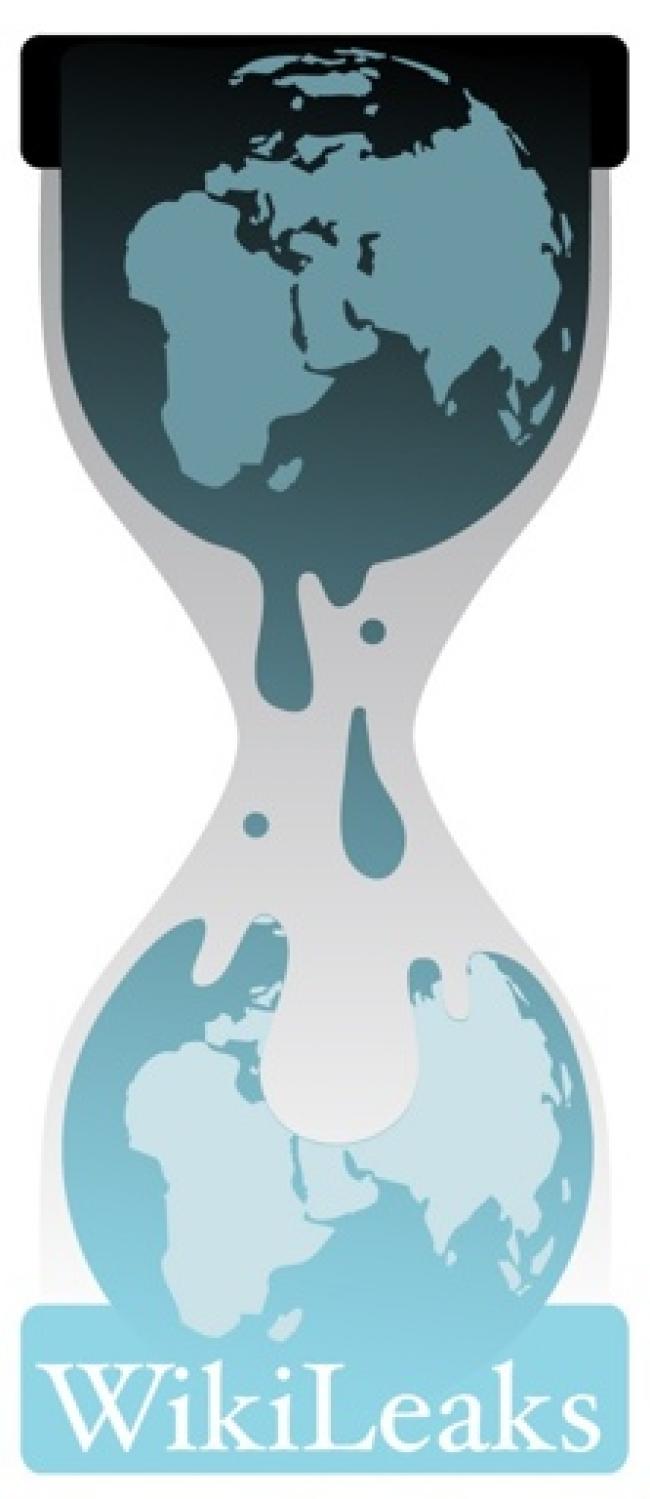WikiLeaks‘ release of more than 90,000 military intelligence reports to The New York Times, The Guardian and Der Speigel revealed many new insights long suspected but never corroborated about the war in Afghanistan. Among the biggest revelations from the leaked material was the level of detail about Pakistan’s spy service and it’s level of involvement supporting the Taliban insurgency while taking billions of dollars in U.S. aid. Mark Mazzetti was one of several reporters from The New York Times who sifted through and analyzed the documents leaked by WikiLeaks. In a conversation on Fresh Air, he details what the documents reveal about the war in Afghanistan and how the Times verified the information present in the leaks and then decided what and what not to publish. “Some things are obvious. If an intelligence report said a named Afghan is giving information to NATO troops and this guy is a good credible informant, we’re not going to publish that person’s name because that would have a very direct impact. That person could get killed,” Mazzetti tells Terry Gross. “I think there’s this question of balance: What is the newsworthiness vs. what is the harm? And I think that’s probably the test we have to apply on all of these documents. The overarching test is: Is it in the public interest and is it in the interest of our readers to know a certain fact vs. can this do real harm to someone? And I think as we looked through 92,000 documents, that’s kind of the overarching guide that we used.” Mazzetti has covered national security from the Times’ Washington bureau since 2006. He shared a Pulitzer in 2009 for reporting on the increasing levels of violence in Afghanistan and Pakistan. Before joining the newspaper, he covered the Pentagon and military affairs for The Los Angeles Times.
PREVIOUSLY: Wikileaks Releases 92,000 Classified Afghan War Documents To The NY Times

